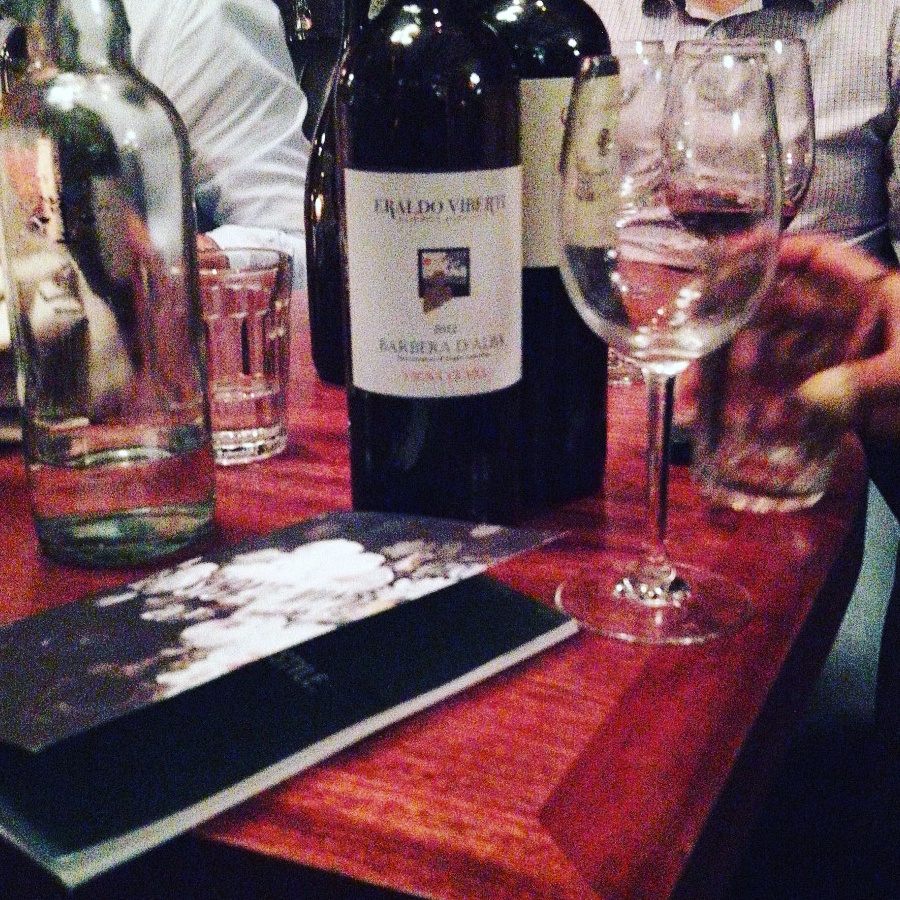Italy. Lombardy. Valtellina.
- Valerio Rosellini

- Jan 23, 2021
- 2 min read
Updated: Nov 27, 2022

ALPI RETICHE wines are produced within 37 municipalities in the province of Sondrio. ROSSO DI VALTELLINA and VALTELLINA SUPERIORE are wines made of minimum 90% of Nebbiolo Chiavennasca grape variety in the mountainous shores of Adda up to 700 meters of altitude asl. SFORZATO DELLA VALTELLINA, produced within the area, must be made using withered grapes which must lose about 30% in volume of water contained in fruit. Alpi Retiche, Rosso di Valtellina, Valtellina Superiore and Sforzato di Valtellina share geography and history. Valtellina is in Sondrio province to the north of Garda Lake between 46 and 46.5 parallels. The area in unique for cultivation of Nebbiolo (Chiavennasca) because of five factors: 1. The valley is longitudinal to the mountain range, so vineyards are facing south; 2. To the north and to the east the valley is protected by Rhaetic Alpine range, which is all above 3’000 meters and some peaks arrive beyond 4’000; 3. To the south the Orobie Alpine range closes the “amphitheatre”; 4. Proximity to basin of Como lake, which regulates and mitigates temperature; 5. Viticulture stays on the Rhaetian crests with southern exposure, between 300 and 700 meters asl. This territorial setting provides constant ventilation, considerable lighting, high thermal gradient, low rates (65 to 80%) of air humidity. Dry walls have an estimate length of 2’500 Km (1’550 miles) and this factor increments the irradiation effect which allows an increment of +4 to +5°C during the day in the terracing and a greater temperature range between day and night. Soil of Valtellina is mostly sandy (about 70%), silty (18%), without limestone. It is flaking granite rock, very permeable, with poor water retention [14]. Due to its challenging environment, viticulture in Valtellina is difficult, let us say "heroic"[8]. Origin of viticulture in Valtellina dates to the Roman era when the terracing was already in maintenance, although earliest civilizations like the ones of Etruscans and Ligurians might already being doing it before. Rationalization of viticulture happened in 10th and 11th centuries due to Maestri Comacini and Benedictine monks; records say Saint Ambrose Monastery in Milan used to own several plots of vine on the Rhaetic versant. During almost three centuries (1550 to 1797) Valtellina was controlled by the Grey League belonging to the Swiss government which increased the export of the Valtellina wine in northern countries, being there appreciated. [14].
Wine descriptions
ALPI RETICHE ROSSO colour is ruby red; smell is fresh and fruity; taste is savoury, slightly tannic. VALTELLINA ROSSO colour is ruby red, eventually with garnet contours; smell is delicate, persistent, characteristic; taste is dry, slightly tannic, eventually with oaky flavours. VALTELLINA SUPERIORE colour is ruby red tending to garnet; smell is characteristic, persistent, fine, and pleasant; taste is dry and slightly tannic, velvety, harmonic and characteristic; minimum alcohol content is 12%. SFORZATO DI VALTELLINA colour is ruby red eventually with garnet contours; smell is intense, with scents of ripe fruit, wide; taste is very silky, dry, structured and characteristic, eventually with oaky flavours; minimum alcohol content is 14%. [14].
[14] Winemaking normative requirements, up-to-date. www.inao.gouv.fr www.politicheagricole.it
Comentários